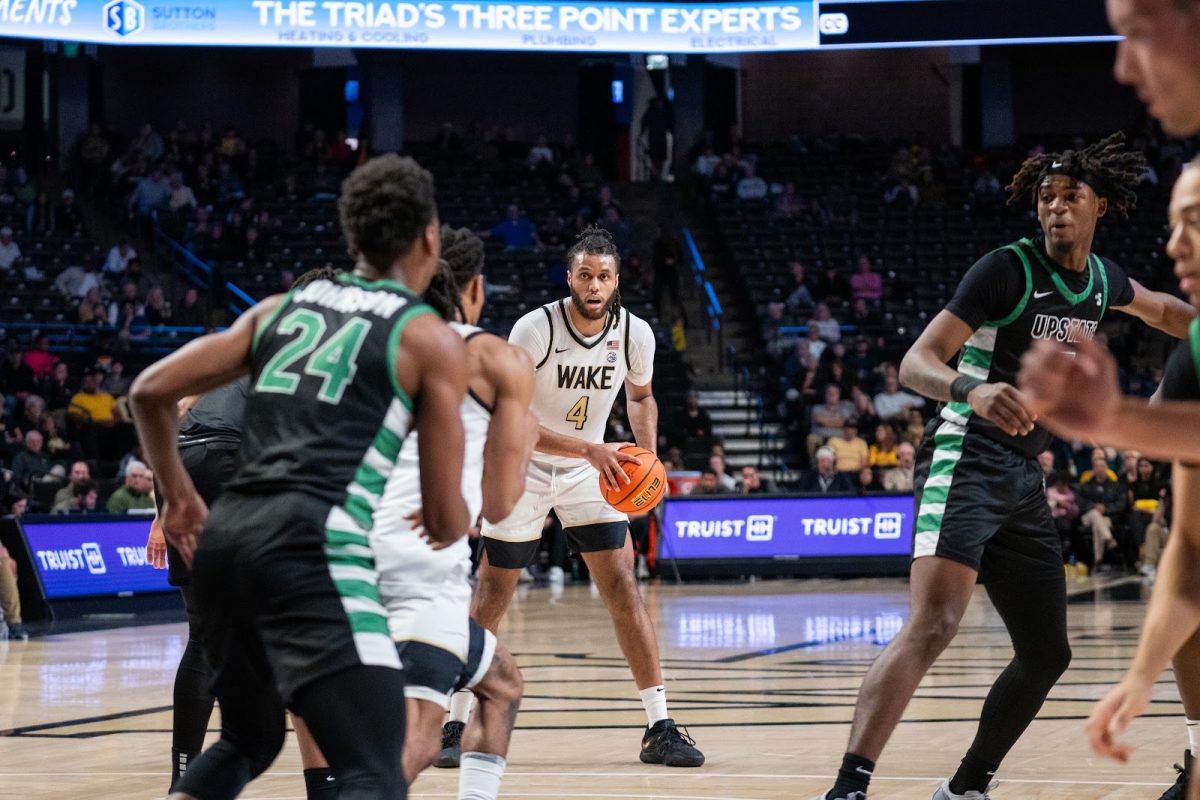The Toronto Raptors hold the best record in the NBA so far after their president Masai Ujiri made revolutionary moves during this past off-season.
In May, Ujiri fired the former head coach Dwane Casey, who was arguably the best coach in Raptors’ franchise history and had been in the Raptors for seven seasons. Although Casey led the Raptors to the Eastern Conference Final for the past two consecutive seasons, he was swept twice by the Cavaliers led by LeBron James.
Immediately after, Ujiri made the astonishing trade with San Antonio Spurs in July, obtaining Kawhi Leonard and Danny Green by trading Raptors’ franchise player DeMar DeRozan and Jakob Poeltl.
The trade ended a year-long drama between Leonard and his former team Spurs, but the Raptors took a high risk within the trade. Leonard had not played for the Spurs for a year because of an unsubstantiated injury, and his contract had only one year left. Under this context, the Raptors were not familiar either with the competitive state of Leonard or if he was going to stay in Toronto after his contract was due.
But the performance of the Raptors seemed to prove that Leonard was suitable for the team. Under the leading of the former Raptors’ assistant coach Nick Nurse, Leonard adapted the new team fast. The Raptors were the second on offensive efficiency, and they were the eighth in defensive efficiency.
The solid performance was closely related to the offensive and defensive efforts brought by the new members Leonard and Green. Both already known for their elite defense, Leonard brought various offensive skills to the Raptors while Green contributed his stable three-point shooting ability.
Leonard averaged 25.5 points, 8.6 rebounds and 3.1 assists with a solid 48.5 percent shooting per game, while Green averaged 10 points and made 2.5 three-pointers per game with 43.9 percent three-point shooting. Their consistent performances allowed the Raptors to make up the loss of DeRozan, who contributed 23 points per game last season.
New coach Nurse proved his ability to coach an NBA team as well. Previously a head coach in Europe, he was known for building offensive system, and he changed the offensive system of the Raptors to adapt the “small-ball” trend in the league.
Nurse put forward Pascal Siakam in the starting line-up instead of using Serge Ibaka and Jonas Valanciunas, who had been partners in the paint for the Raptors for the past few seasons. In this line-up, Siakam was transformed to a wing forward, who became so versatile that he could play in a fast tempo and defend any position.
With the help of Nurse, Siakam made a big leap in the third season of his career, averaging almost 15 points per game — he averaged only 7 points last season. His height of 6’7 and his wingspan of 7’2 made him a perfect wing forward under Nurse’s system.
The substitution line-up of Raptors provided solid performances as well, especially after either one of the former starting player Ibaka or Valanciunas became part of the bench players. Third-year point guard Fred VanVleet was an important bench player, averaging almost 10 points and 4.4 assists under his quality 24 minutes per game. Second-year rookie OG Anunoby played very well under Nurse, averaging 8.5 points with a solid 46.7 percent shooting.
A quarter of season had passed, and it had been a smooth one for the Raptors. Winning 20 games and losing only five games, the Raptors were not only the top seed in the Eastern Conference but also held the best-record team in the whole league.














